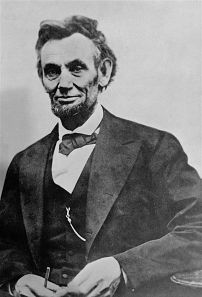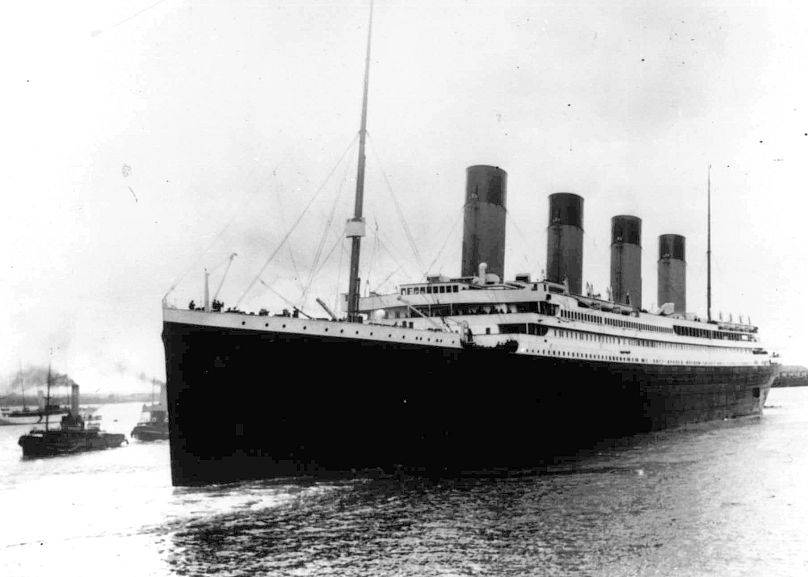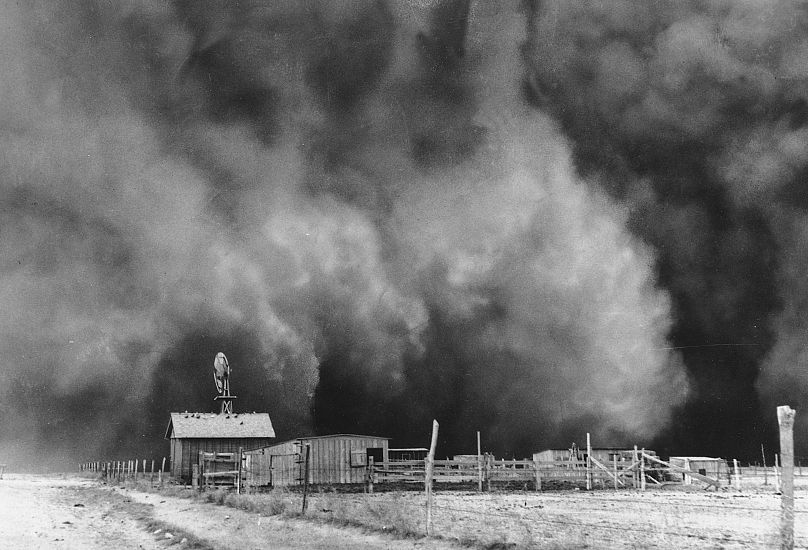Why is the 14th of April one of the unluckiest days in the calendar?
14 April: A bad day for presidents, boats, and dust bowls
Some days just aren’t the one. The 14th of April is one of those days.
One of the lessons I’ve learnt when compiling this daily column is that when scrolling through the annals of history, you can pretty much find something awful has occurred on any given day in the calendar.
I like to keep the content here focused on cultural events, so there’s a reason I typically avoid the 1939 to 1945 stretch of history. Not much by way of the arts went down, but if you’re looking for misery, you’ll find an event that fits the bill pretty reliably in Europe on any day in that span.
So it was with great surprise that I found that the 14th of April leaves most days in its dust when it comes to terrible things.
Here’s a run down of bad stuff that happened on this day in history.
1865
The US President famed for his tall stature, extravagant beard-game, and role in ending slavery during the US Civil War, Abraham Lincoln is one of the most significant of all of the country’s leaders.
The 16th President of the United States was born in 1809 and elected into the highest office in 1861. On 9 April 1865, Confederate General Robert E. Lee surrendered following the Battle of Appomattox Court House, signalling the end of the war. Later that year, the Thirteenth Amendment would be ratified, abolishing slavery.
Before that could happen, Lincoln fatefully attended the Ford's Theatre to see a play. There, John Wilkes Booth, an actor and Confederate spy shot him in the back of the head. Lincoln died the next day.
1912
They called it “unsinkable”. If only. The RMS Titanic was the largest ship ever put afloat when it began its maiden voyage in 1912. With 2,224 passengers and crew on board, the Titanic left Southampton on 10 April 1912.
The ship was expected to arrive in New York on the morning of 17 April. Four days after setting sail, on 14 April 1912 at 11.40pm, the Titanic hit an iceberg, rupturing hull of the ship.
Over the next few hours, the Titanic sunk into the Atlantic Ocean. With just 20 of a possible 48 lifeboats equipped, 1,517 people died, leaving 706 survivors. It was the deadliest sinking of a ship in history at the time.
1935
If the assassination of a President and the sinking of the Titanic wasn’t enough, in the 1930s a terrible dust storm ripped through the US, particularly affecting the Oklahoma panhandle region and the plain states around it.
The region had seemingly constant dust storms hitting the prairies in that decade. But it all came to a head with the greatest of the storms on this day in 1935. Killing multiple people, forcing thousands to relocate and causing massive agricultural damage, the storm was so bad it’s gone down in history as “Black Sunday”.
Black Sunday’s effects were reported by journalist Robert E. Geiger, who described the area as the “dust bowl”, a nickname that has stuck with the southern region of the US ever since.





















